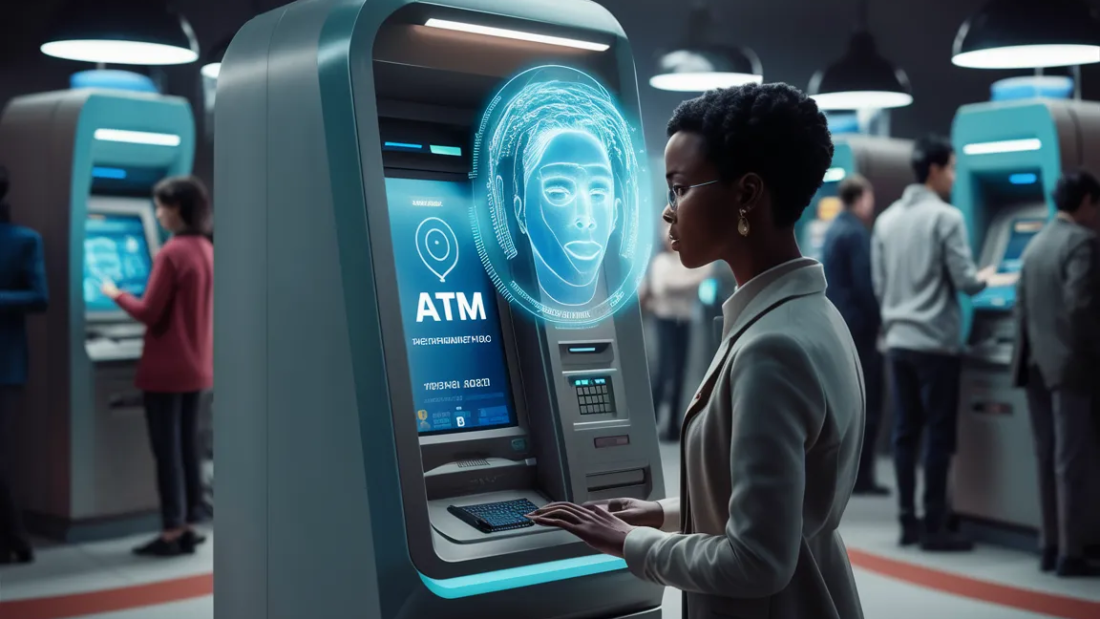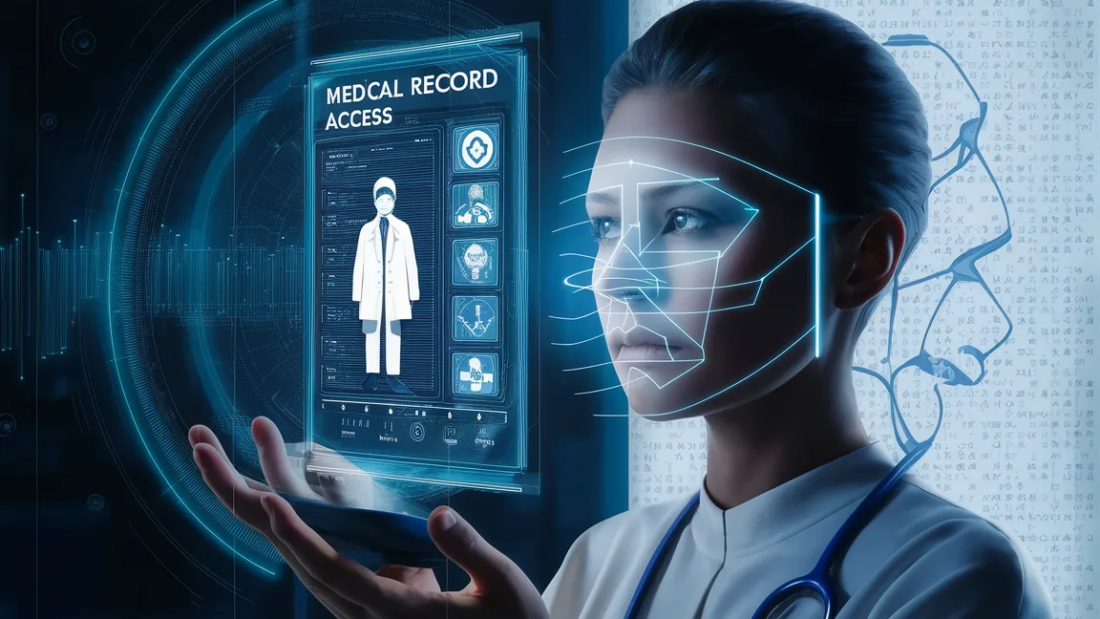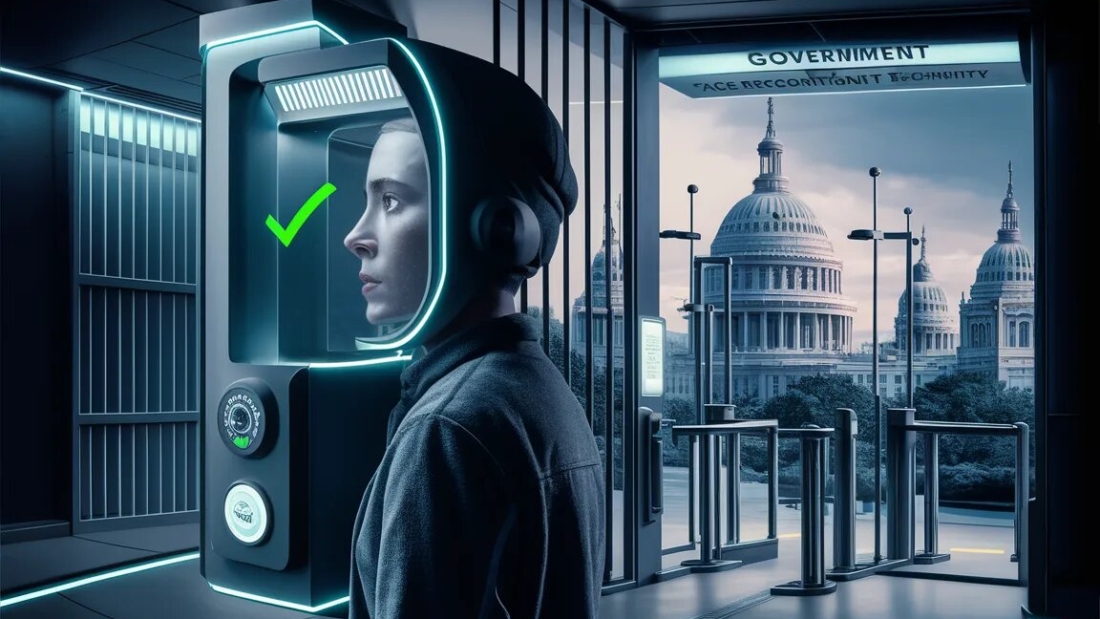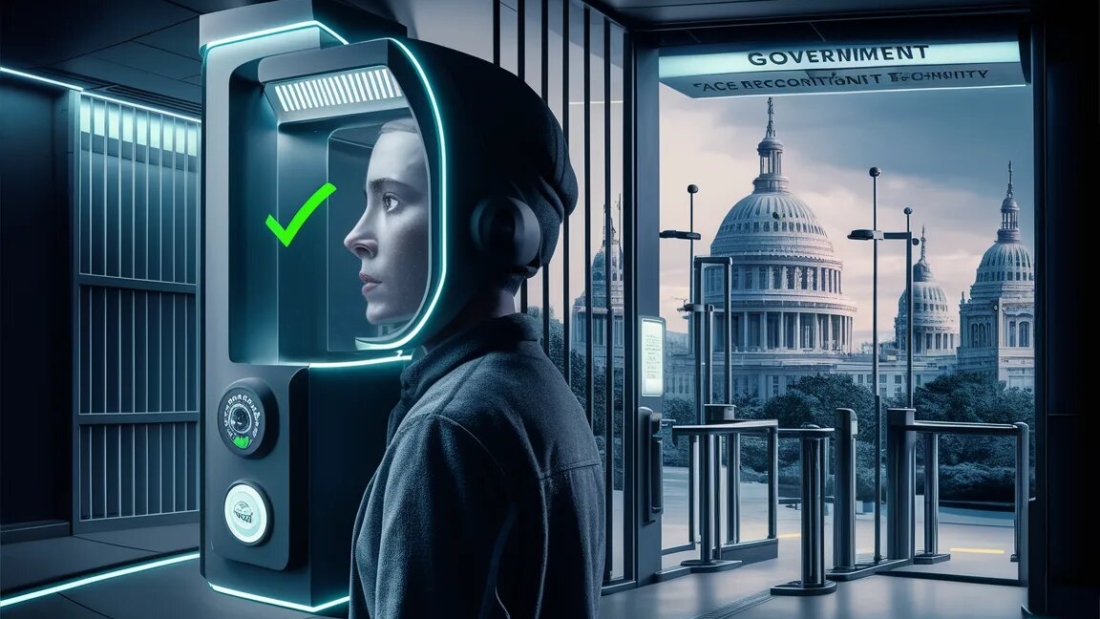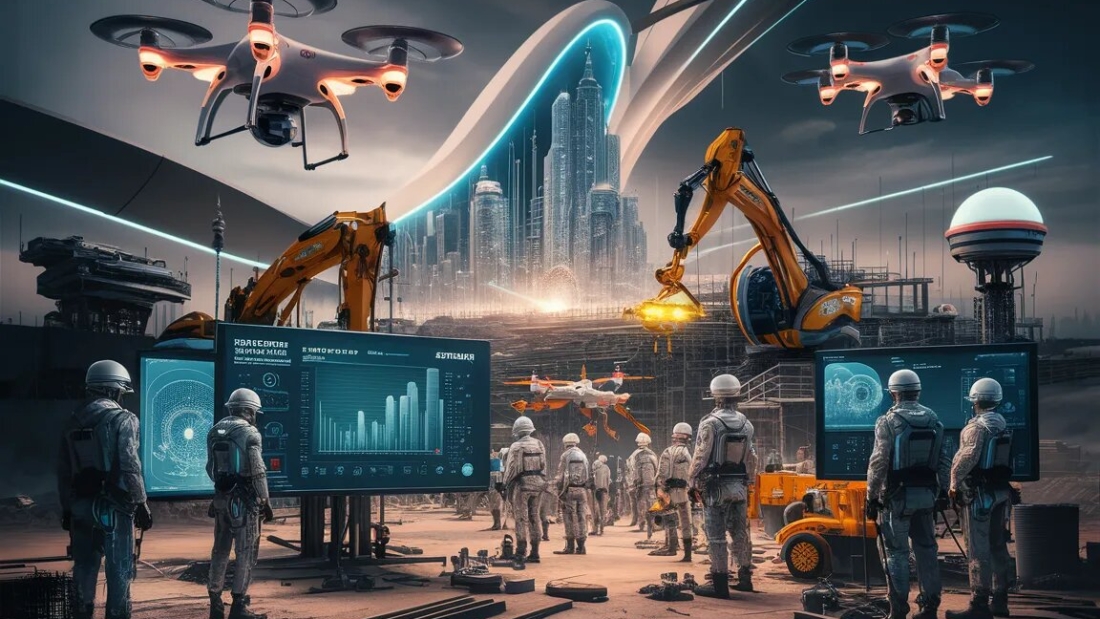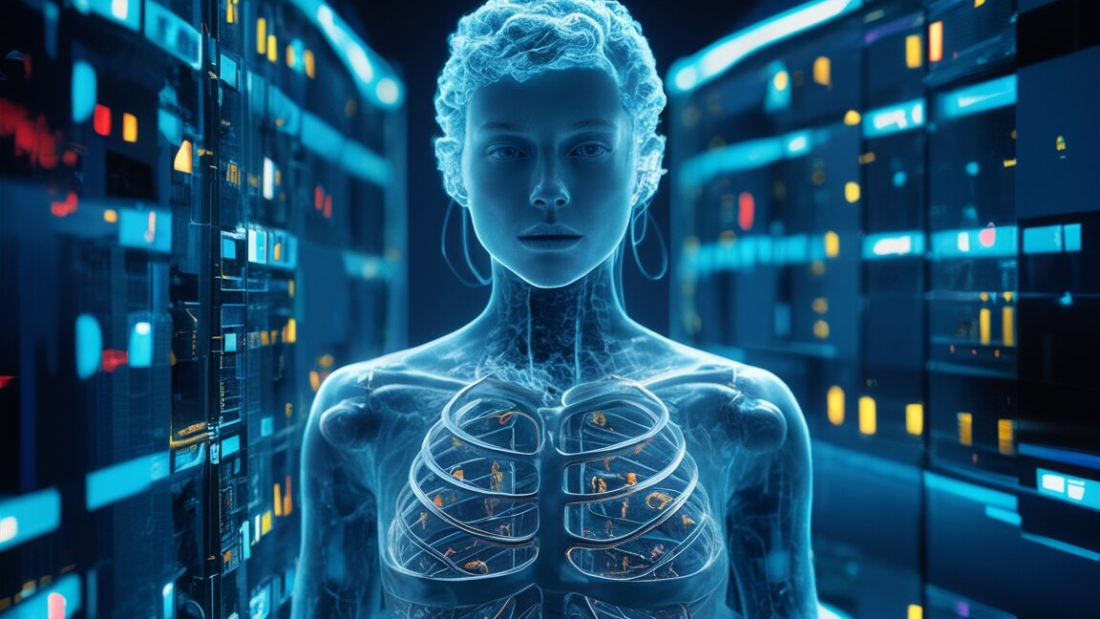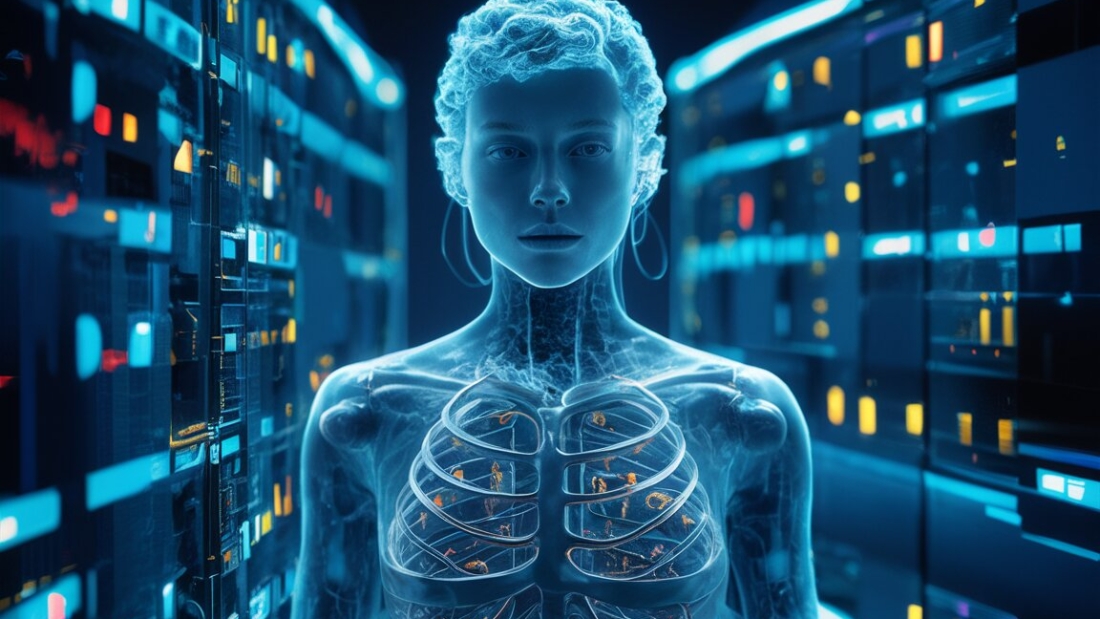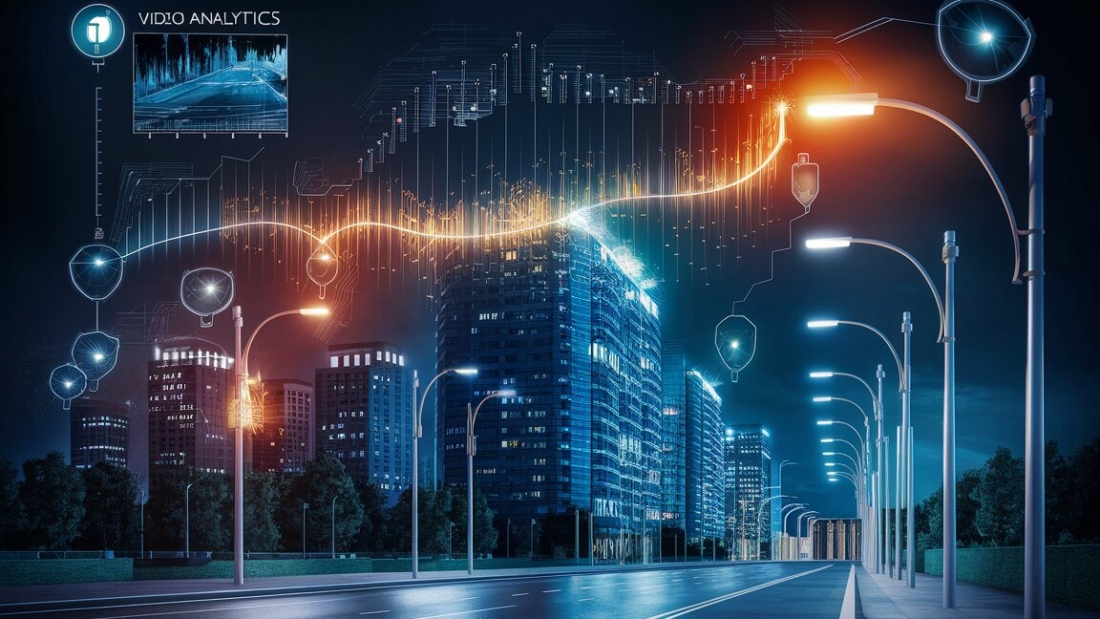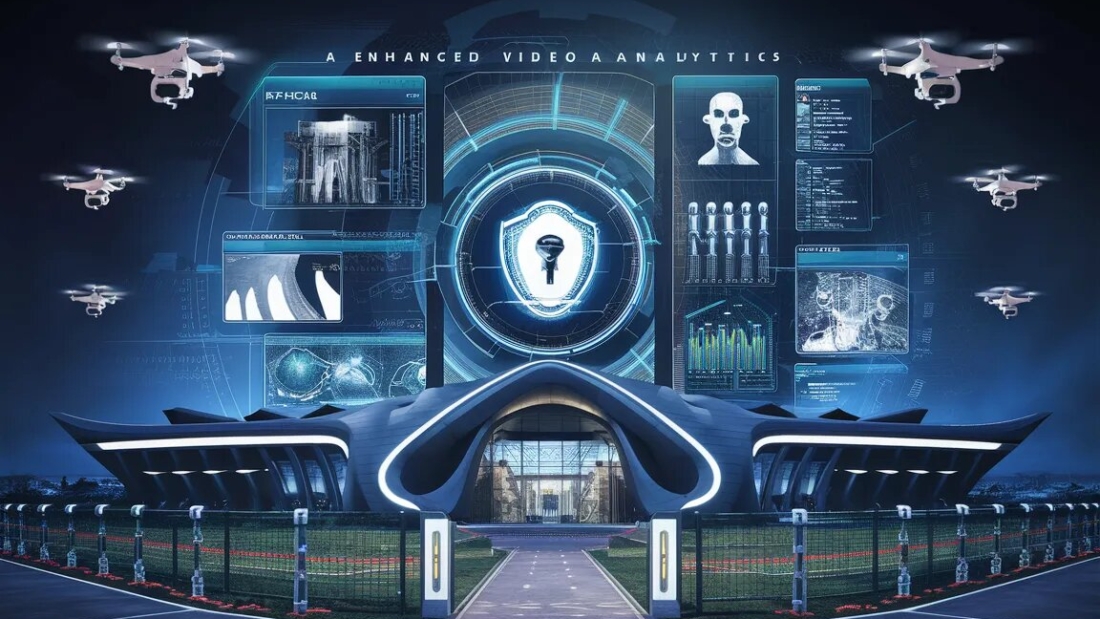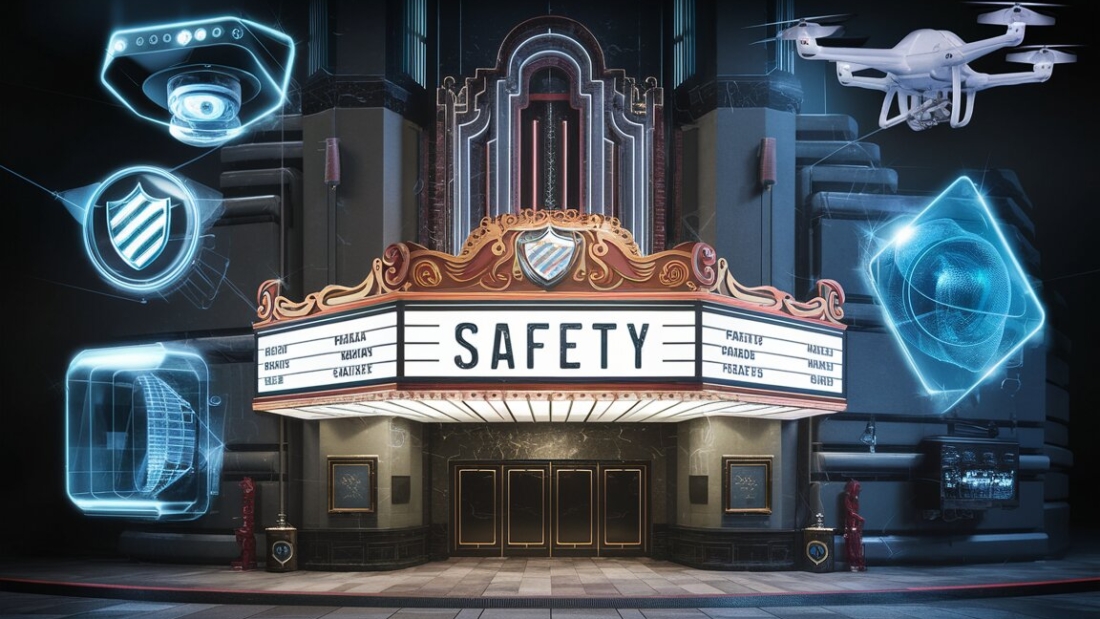In a world where security and convenience collide, face recognition technology emerges as the ultimate solution. Whether unlocking your smartphone effortlessly or enhancing airport security, this cutting-edge tech transforms how we interact with devices and spaces. Face recognition streamlines access control while safeguarding privacy, offering a seamless experience unlike any other. The contrast between traditional methods and this futuristic innovation is stark – gone are the days of fumbling for keys or passwords. Embrace the future with face recognition, where your face becomes the key to unlocking endless possibilities.
Key Takeaways
- Implementing face recognition technology in ATMs can enhance security measures and streamline the authentication process.
- To address current ATM challenges such as card skimming and fraud, integrating face recognition can provide a more secure and efficient solution.
- Businesses can benefit from the integration of face recognition in ATMs by reducing operational costs, improving customer experience, and preventing unauthorized access.
- Consider the technical aspects and implementation requirements when planning to incorporate face recognition technology into ATM systems to ensure seamless integration.
- Ethical and privacy considerations must be carefully evaluated and addressed to maintain trust with customers and comply with regulations when deploying face recognition in ATMs.
- Stay informed about future trends in ATM security, including advancements in face recognition technology, to proactively adapt and enhance security measures.
Evolution of ATMs
Cash Access (1960s)
Introduced in the 1960s, Automated Teller Machines (ATMs) revolutionized banking by providing 24/7 access to cash. This innovation marked a significant shift in how people interacted with their finances.
ATMs quickly became popular due to their convenience, allowing customers to withdraw money at any time without visiting a bank branch. The ability to access cash outside of traditional banking hours was a game-changer for many.
Expanded Services
Over the years, ATMs have evolved far beyond their original purpose of dispensing cash. Today, these machines offer a plethora of services ranging from balance inquiries and fund transfers to bill payments and check deposits. This expansion has made ATMs indispensable in modern banking.
The convenience of being able to perform various transactions at an ATM has streamlined banking operations for both financial institutions and customers. With just a few taps on the screen, users can manage multiple aspects of their accounts effortlessly.
Technological Advancements
Innovations such as cardless transactions and biometric authentication have further transformed the capabilities of ATMs. Cardless transactions allow users to access cash using their mobile phones or other devices, eliminating the need for physical cards.
Biometric authentication, including features like fingerprint scanning and facial recognition, adds an extra layer of security to ATM transactions. By verifying a user’s identity through unique biological traits, this technology enhances the safety and reliability of ATM usage.
Enhanced Functionality
The integration of advanced technologies has not only made ATMs more secure but also more versatile. Users can now enjoy personalized experiences at ATMs through features like language selection and customizable transaction preferences.
Moreover, advancements in software systems have enabled ATMs to provide real-time updates on account balances and transaction histories. This instant access to financial information empowers users to make informed decisions about their money management.
Basics of Face Recognition
Facial Recognition
Facial recognition technology operates by analyzing and comparing facial features in images or videos to a pre-existing database. This process enables the system to authenticate individuals based on their unique facial characteristics.
Biometric Authentication
Face recognition systems fall under the category of biometrics, which involves utilizing distinctive physical attributes for identification purposes. By measuring various aspects of a person’s face, such as the distance between eyes or the shape of the nose, these systems can accurately verify an individual’s identity.
Evolutionary Significance
The evolution of face recognition technology has revolutionized security measures across various sectors. From unlocking smartphones to enhancing surveillance capabilities, facial recognition has become an integral part of modern-day security systems.
Applications in Everyday Life
In recent years, face recognition has found widespread applications beyond security. For instance, social media platforms utilize this technology for automated tagging in photos, providing users with a convenient way to identify and share images with friends and family.
Advancements in Accuracy
With continuous advancements in artificial intelligence and machine learning algorithms, face recognition systems have significantly improved their accuracy rates. This progress has led to more reliable authentication processes and enhanced user experiences.
Current ATM Challenges
Security Threats
ATM skimming poses a significant risk to users’ financial security. Criminals attach devices to ATMs to steal card information, leading to unauthorized transactions and identity theft.
Technical Issues
Maintenance costs and downtime from technical glitches create operational challenges for ATMs. Regular maintenance is essential to prevent malfunctions and ensure seamless service for users.
Privacy Concerns
Protecting user privacy amidst evolving cyber threats is a top priority for ATM operators. Implementing robust security measures like encryption and biometric authentication can enhance data protection.
Face Recognition Applications in ATMs
Enhanced Security
Implementing face recognition in ATMs revolutionizes security measures, replacing the conventional PIN-based authentication system. This advanced technology significantly reduces the risks associated with stolen or forgotten PINs. By verifying a customer’s identity through facial recognition, unauthorized access to accounts is mitigated effectively.
Personalized Banking Experiences
Face recognition at ATMs offers customers a seamless and personalized banking experience. Upon approaching the ATM, the system instantly identifies the customer based on their facial features. This eliminates the need for physical cards or remembering complex passwords, enhancing convenience and efficiency in conducting transactions.
Streamlined Transactions
The integration of face recognition technology in ATMs optimizes transaction processes by expediting authentication procedures. Customers no longer need to input lengthy PINs or navigate through various options on the screen. With a quick facial scan, the system verifies the user’s identity promptly, leading to faster and more efficient transactions. See our face recognition performance.
Benefits of Integrating Face Recognition
Enhanced Security
Face recognition technology enhances security through biometric authentication, significantly reducing fraud risks. By utilizing unique facial features for identification, face recognition provides a more secure method compared to traditional passwords or PINs. This advanced security feature is crucial in various sectors, including banking and finance.
Incorporating face recognition in ATMs ensures that only authorized individuals can access their accounts, minimizing the chances of identity theft and unauthorized transactions. The system analyzes key facial characteristics to grant access, adding an extra layer of protection against fraudulent activities.
Improved User Experience
Integrating face recognition technology leads to an enhanced user experience by enabling faster and more secure transactions. Users no longer need to remember complex passwords or carry physical cards, streamlining the authentication process. With a simple scan of their face, individuals can conveniently access their accounts and conduct transactions swiftly.
This seamless user experience not only saves time but also reduces the hassle associated with traditional authentication methods. Whether withdrawing cash from an ATM or making online payments, face recognition simplifies the process and enhances overall user satisfaction.
Cost-Effective Solution
Implementing face recognition technology offers a cost-effective solution by reducing the reliance on physical cards and PINs. Traditional methods involving card issuance and maintenance incur expenses for financial institutions. By transitioning to biometric authentication, organizations can eliminate these costs while enhancing security measures.
Moreover, face recognition eliminates the need for replacing lost or stolen cards, further reducing operational expenses for banks and other businesses. The convenience and efficiency of this technology contribute to long-term cost savings and improved financial sustainability.
Technical and Implementation Aspects
Face Detection
Face recognition systems go through face detection, a crucial initial step. This process involves locating faces within an image or video frame.
Facial recognition algorithms then proceed to alignment. This step ensures that the detected face is correctly oriented for further processing.
Feature Extraction
Following alignment, the system performs feature extraction. This involves capturing unique facial features like distances between eyes, nose shape, and lip contours.
Principal component analysis (PCA) is a widely used technique in facial recognition for reducing the dimensionality of the face data.
Matching Against Databases
After feature extraction, the system matches the extracted features against existing databases. This comparison helps identify individuals accurately.
One of the most prevalent methods for facial recognition is through deep learning algorithms. These algorithms analyze vast amounts of data to improve recognition accuracy.
Enhancing Image Quality
Techniques such as face hallucination play a vital role in enhancing image quality for precise recognition. By improving image resolution, these techniques enable better matching against stored data.
Pros:
- High accuracy in identifying individuals.
- Efficient in large-scale applications.
Cons:
- Vulnerable to privacy concerns.
- Performance may vary based on lighting conditions.
Real-world Success Stories
Adoption in Banking
Banks globally are integrating face recognition technology to bolster ATM security measures. This implementation aims to combat fraud and enhance customer protection. By verifying the identity of users through facial recognition, banks ensure a more secure and seamless banking experience for their customers.
The adoption of face recognition in the banking sector has garnered positive feedback from customers. They appreciate the added layer of security that this technology provides, offering peace of mind during their financial transactions. The convenience of simply using their faces for authentication purposes has significantly improved the overall user experience at ATMs.
Customer Trust and Satisfaction
Successful deployments of face recognition technology have resulted in increased customer trust and satisfaction levels. Customers feel more secure knowing that their identities are being verified through advanced biometric systems. This heightened sense of security translates into higher confidence in the banking institution, fostering stronger relationships between customers and banks.
Pros:
- Enhanced security measures at ATMs
- Improved user experience for customers
- Increased customer trust and satisfaction levels
Cons:
- Potential privacy concerns related to biometric data storage
Global Impact
The global impact of integrating face recognition technology in various industries, including banking, is profound. Not only does it enhance security protocols, but it also streamlines processes for both businesses and consumers. The successful implementation of this technology sets a precedent for future advancements in biometric authentication methods across different sectors.
Ethical and Privacy Considerations
Data Misuse
Privacy concerns surrounding face recognition primarily stem from the potential misuse of facial data. As technology advances, there is a growing risk of unauthorized access or exploitation of this sensitive information. Instances of data breaches and unauthorized surveillance have raised significant alarm in recent years.
To mitigate these risks, transparent data handling practices are essential. Companies and organizations utilizing face recognition technology must prioritize secure storage, encryption, and strict access controls to protect individuals’ privacy. Regular audits and compliance checks can help ensure that data is being handled ethically and responsibly.
Security vs. Privacy
When deploying face recognition systems, striking a balance between security benefits and individual privacy rights is paramount. While the technology offers enhanced security measures in various sectors like law enforcement and banking, it also raises concerns about potential intrusions into personal lives. Striving for a harmonious coexistence between security enhancements and privacy protection is crucial for the ethical deployment of facial recognition technology.
Pros:
- Enhanced security measures in sectors like law enforcement.
- Streamlined identification processes for improved efficiency.
Cons:
- Potential invasion of personal privacy.
- Risks associated with unauthorized access to facial data.
Future Trends in ATM Security
Biometric Technologies
Biometric technologies, such as facial recognition, are poised to revolutionize ATM security. By utilizing unique facial features for authentication, these systems offer a highly secure and efficient way to access ATMs.
AI and Machine Learning Integration
The integration of AI and machine learning algorithms is set to bolster ATM security to unprecedented levels. These technologies can swiftly detect anomalies in user behavior, flagging potential fraudulent activities in real-time.
Collaborations Driving Innovation
Collaborations between financial institutions and tech companies are key drivers of innovation in ATM security solutions. By pooling expertise and resources, they develop cutting-edge technologies that stay ahead of evolving threats.
In the realm of face recognition technology, continuous advancements are reshaping the landscape of ATM security. With biometric authentication methods like facial recognition gaining prominence, the future holds promising prospects for enhanced security measures at ATMs. The seamless integration of artificial intelligence (AI) and machine learning algorithms further fortifies the defense mechanisms against fraudulent activities. This synergy enables ATMs to adapt dynamically to emerging threats, ensuring robust protection for users’ financial transactions.
Financial institutions are increasingly recognizing the significance of collaborating with technology firms to innovate ATM security solutions. By leveraging each other’s strengths, they create sophisticated systems that safeguard customer data effectively. These partnerships foster a culture of innovation, where novel approaches to security challenges emerge rapidly. As a result, customers can expect a more secure and convenient banking experience at ATMs.
Amidst these advancements, it is crucial to address ethical and privacy considerations associated with face recognition technology in ATM security. Striking a balance between enhancing security measures and respecting individuals’ privacy rights remains paramount. As biometric technologies become more prevalent in daily transactions, ensuring transparent data handling practices is essential to maintain public trust.
Closing Thoughts
You’ve delved into the evolution of ATMs, the basics of face recognition, current challenges faced by ATMs, applications of face recognition technology in this realm, its benefits, technical aspects, real-world success stories, ethical considerations, and future trends in ATM security. By embracing face recognition in ATMs, you’re not just enhancing security but also streamlining transactions for a seamless banking experience. Stay informed about the latest advancements in ATM security to protect your finances and personal information effectively.
Upgrade your understanding of ATM security with face recognition technology to safeguard your transactions. Keep abreast of emerging trends and technologies to ensure your financial safety. Your awareness and proactive measures contribute to a more secure banking environment.
Frequently Asked Questions
What are the main benefits of integrating face recognition technology in ATMs?
Face recognition in ATMs enhances security by providing an additional layer of authentication, improves user experience by eliminating the need for physical cards or PINs, and reduces the risk of fraud related to stolen cards or identity theft.
How does face recognition work in ATMs?
Face recognition technology captures facial features such as distance between eyes or shape of the nose, converts them into a mathematical algorithm, and compares it with stored data. When a match is found, access is granted. It’s fast, secure, and convenient for users.
Are there any ethical concerns associated with implementing face recognition in ATMs?
Ethical considerations include privacy issues regarding the collection and storage of biometric data. To address this, stringent data protection measures should be implemented to safeguard user information and ensure compliance with relevant regulations.
What are some real-world success stories of using face recognition in ATM security?
Several financial institutions have reported significant reductions in ATM-related fraud after implementing face recognition technology. By leveraging biometric authentication, these organizations have enhanced security measures and improved customer trust in their services.
How do future trends in ATM security impact the adoption of face recognition technology?
As cybersecurity threats evolve, the demand for more robust authentication methods like face recognition is expected to rise. Innovations such as AI-driven biometric solutions will play a key role in enhancing ATM security and ensuring seamless user experiences in the future.
